Ben Valsler
Since a now retracted, refuted and discredited 1998 Lancet paper purported to show a link between the measles, mumps and rubella vaccine, bowel disease and autism, vaccines have been under fire from an increasingly vocal movement. One target of their ire is a preservative found in some vaccines: Thiomersal. Here’s Kat Arney…
Kat Arney
Thiomersal – or thimerosal as it’s known in the US – is an antiseptic and antifungal chemical that comes with a bit of a reputation. First patented back in 1927 by US chemist Morris Kharasch, and later marketed as Merthiolate by the Eli Lilly corporation, it’s what’s known as an organomercury compound – meaning that it contains an atom of the metal mercury bound up in an organic structure with carbon, hydrogen and oxygen – tied to a six-membered carbon ring via an atom of sulfur.
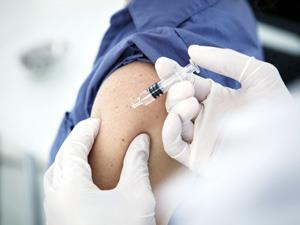
Due to its powerful antimicrobial properties, small amounts of thiomersal are added to many medical preparations as a preservative, including tattoo inks, antibody doses and – most controversially – vaccines. Its use here dates back to the 1930s, when vaccines were usually stored in multi-dose vials, rather than one-shot pots, in order to keep costs down. But after serious infection events – such as an incident in 1928 where twelve children died after being injected with a contaminated batch of diphtheria vaccine that didn’t contain any preservatives, the use of thiomersal in vaccines took off.
Since then, vaccines against all kinds of infectious diseases have saved countless lives, here in the UK and around the world. But because thiomersal contains mercury – which in its liquid metal form is extremely toxic – some safety concerns have been raised about the preservative. Thiomersal itself is toxic if inhaled, eaten or in contact with skin, and it’s harmful to fish if it gets into the environment. In the body, thiomersal is broken down into a molecule called ethylmercury, which is passed out of the body relatively quickly, in just a few weeks. But since the 1990s, certain groups have raised concerns that the thiomersal in childhood vaccines may be responsible for causing autism, even though there’s no good scientific evidence to support this idea. In some people’s minds all vaccines have become guilty by association.
In fact, many vaccines nowadays don’t contain thiomersal at all, or only very low trace amounts - especially in the developed world. Steps were taken to remove the compound from vaccines from the late 90s onwards although, tellingly, the move has done nothing to halt the growing number of children being diagnosed with autistic spectrum disorders – a phenomenon that’s got a lot more to do with more being children being labelled as having the condition rather than a massive increase in affected kids.
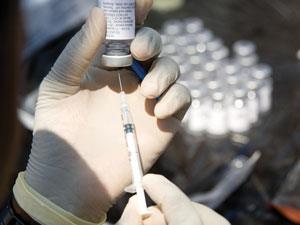
However, there are some legitimate health concerns about thiomersal. One of them is the small number of people who are allergic to it, suffering itchiness and swelling at the site of any injections containing the compound, or if they use other products containing it. It can be quite tricky to diagnose thiomersal allergy, as many allergy tests – where small amounts of chemicals are injected into the skin – use the compound as a preservative, so a sufferer will have a reaction to everything they’re tested with.
The other health risk associated with thiomersal is the risk of not vaccinating children, because of unfounded fears about the safety of vaccines. Decades of research have shown that vaccines are safe and effective, but we have already seen outbreaks of vaccine-preventable diseases such as measles in countries such as the UK and US as a result of pockets of unvaccinated children. Furthermore, although there are global efforts to reduce the amount of mercury in the environment, the contribution made to environmental mercury by vaccines is extremely small, compared to other industrial applications. And in developing countries where vaccine storage and costs are an issue, multi-dose vials of vaccines containing very small or trace amounts of thiomersal are essential. The World Health Organisation estimates that thiomersal-containing vaccines prevent 1.4 million child deaths every year, making it a literal life-saver.
Ben Valsler
Kat Arney on thiomersal. Next week, would you eat soup made from ‘electric daisies’?
Jen Newton
Acmella oleracea is the proper name for the leafy green plant flavouring the soup and the shot. It’s an annual herb grown in tropical and sub-tropical regions with pompom-shaped red and yellow flowerheads. It goes by a variety of names including Jambu, the toothache plant, paracress and electric daisies. And the compound behind the unusual effects I described is called spilanthol.
Ben Valsler
Join Jen Newton on a culinary trip around Brazil in next week’s Chemistry in its Element podcast. Until then, send us any suggestions to chemistryworld@rsc.org or find us on twitter. I’m Ben Valsler, thanks for joining me.
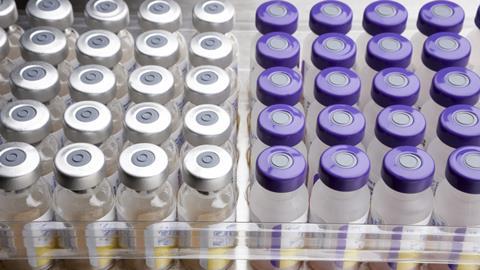

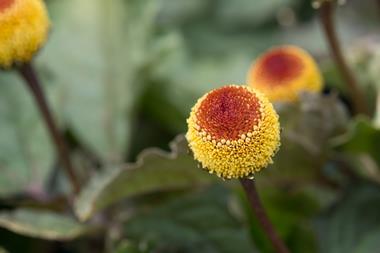
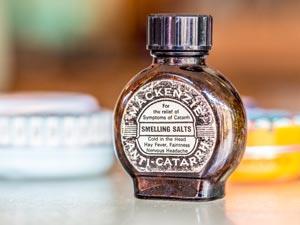









No comments yet